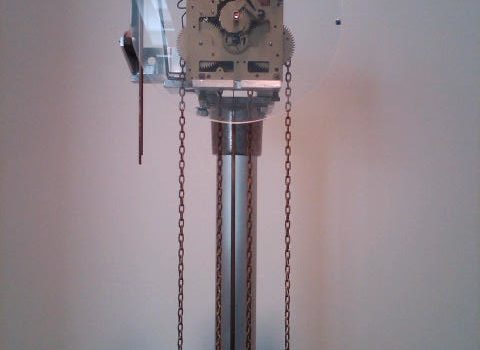Hiroshi Sugimoto invited some art world luminaries to take part in a Japanese tea ritual. Among the guests was the curator Weston Naef, who documented the traditional ceremony.
Hiroshi Sugimoto is mainly known for his conceptual photography. But Sugimoto, a renowned Japanese artist, has for several years been an avid art collector. He owns an array of world treasures—a Duchamp clock, a Rembrandt, a crucifix from the advent of Christianity in Japan, a meteorite—that he has now gathered around an exquisite re-enactment of a 16th century Japanese tea ritual. “Some of these pieces are priceless,” marveled Weston Naef after the ceremony. “This this is the extent he goes to for his art. It is exceptional. I know of nothing else like it.”
The ceremony, presided over by Sen So-Oku, a direct descendant of the ceremony’s founder, took place in Sugimoto’s studio in Chelsea, in Manhattan, the morning of October 29. It was a private event tinged with an multi-cultural aura, a meeting somewhere between the theatricality and sensibility of the East and the West. The ceremony also coincides with a new exhibition of Sugimoto’s crystal pagodas and aluminum sculptures at the Pace Gallery in New York. “The ritual was a so elaborate,” explains Naef, curator emeritus at the Getty Museum. “An official of the Guggenheim museum and the Japanese Ambassador to the United States were there, in the company of other Japanese guests of honor. The event was private, but Sugimoto still wants the world to share in his work.”
Jonas Cuénin
















